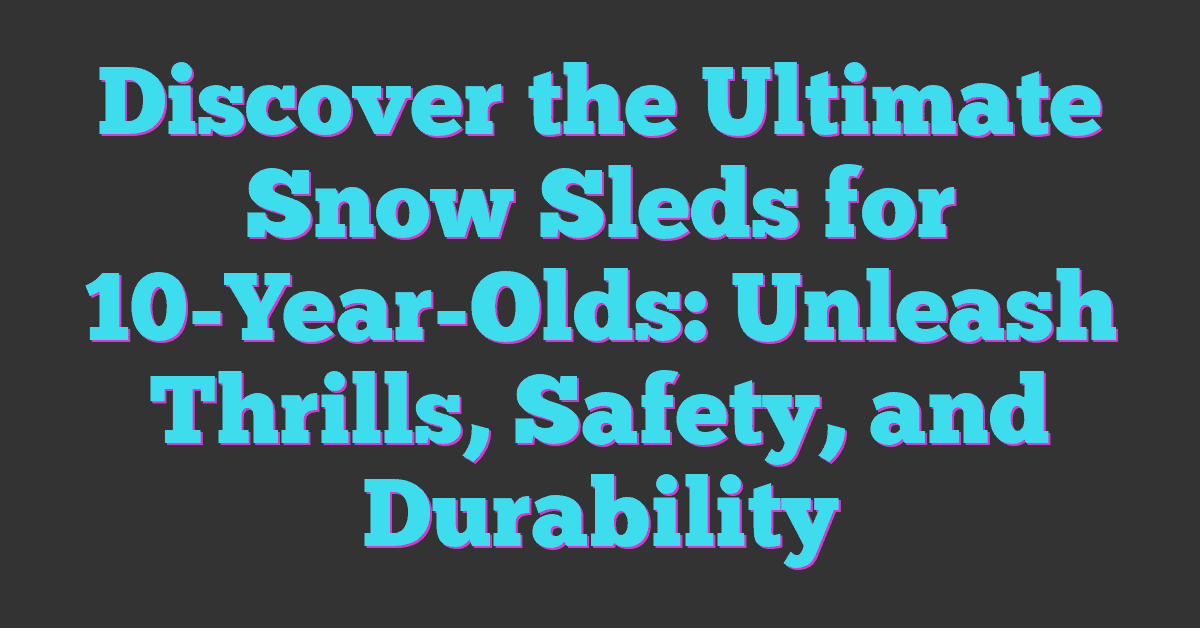When first learning to snowboard, the two main tricks you can follow will be the method and the boardslide. The method is a simple trick where the rider uses their body weight and transfers it from foot to foot during a ride. This causes the board to rotate in between each set of switches.

The boardslide is also a great addition to any beginner-level rider’s trick arsenal when tackling the slopes. It is a series of fakies (or “switch-foot”) that are done in rapid succession until you match up with your original stance.
Well, that’s what we’re here for today – we’ll cover how to boardslide on a snowboard!
Step 1 – Choose a low incline for your first boardslide, with a flat transition on top and bottom.
If this is your first time, you’ll want to try it on a small box. We recommend a 4-footer or even just a flat box. In fact, if you can find one with a flat top and bottom (no gap), you won’t even have to jump!
This will give you the confidence and knowledge of where to put your body while sliding without worrying about jumping or landing. You should probably start with a low box—unless you’ve already done frontside boardslides on rails and feel confident in your abilities.
Step 2 – Ride into the box with your weight balanced over the nose of your snowboard.
Imagine a ski lift. Now imagine riding the chairlift and it suddenly stops. What do you think would happen? You’d land on your nose! The same thing happens when you’re trying to boardslide, so make sure your weight is centered over the nose of your snowboard. This will help you keep your knees bent and prevent injury. Keeping your gaze slightly forward (not all the way up) will also help you with balance and control as you ride into the box.
As you ride into the box, be sure to use proper edging techniques to boardslide without losing speed or falling off on impact with icy snow conditions or if there’s ice buildup underneath ramps/boxes/rails in general when hitting them at high speeds due to momentum or gravity pulling on your body weight while trying to perform tricks (especially spins). One easy way out here could be by using anti-friction waxes like P-tex, which can provide some protection against sliding off due to friction between edges of snowboards against hard surfaces such as concrete slabs covered with frozen water crystals (otherwise known as ice).”
Step 3 – Spot the transition with your eyes and turn your head toward it.
Spot the transition with your eyes and turn your head toward it. This will help you maintain balance. Looking at the transition is a lot like looking where you want to go when going for a ride on a bike with training wheels: If you look at the end of the box, that’s where your snowboard is going to take you. You’ll also be able to get a better grip on what speed you need to approach at.
Step 4 – Pop off of your rear leg and press forward to turn the nose toward the lip at the end of the box.
As you approach the box, your stance should be centered, but as you make contact with the lip of the box and pop off of your rear leg, shift your weight to it. This will help you get enough air. Pop up and turn the nose toward the lip at the end of the box—this is key for getting speed to land on a flat bottom. It helps to keep your arms out for balance, but don’t look down!
Quickly move your rear leg forward in order to line up with your front leg on landing.
Step 5 – Bring your knees together and straighten them as you land.
Finally, as you land, straighten your legs, and bend them slightly to absorb the impact. As you do this, keep your arms out to the sides so that they can help your balance.
Again, exactly how much you lean forward or backward depends on what feels comfortable for you. Some snowboarders like to land with their back foot first; others prefer landing with their front foot first. Some people even like landing with both feet at once. Experiment with all three approaches until you find one that works for you.
Our Final Thoughts
I’ve found that boarding is all about patience and practice, so if you’re attempting to boardslide for the first time, don’t give up if you try it a few times and don’t stick it! It’s not easy, but with some practice, you’ll be able to pull it off and look like a pro.
If you came to learn about how to boardslide on a snowboard, the first step is building confidence. Boardsliding is actually easier than it looks—you just need to build up your nerve, especially because of the height of the object you’re sliding down (a box) and the hardness of the material (snow). If you can get past that fear, lots of progress will come quickly.










